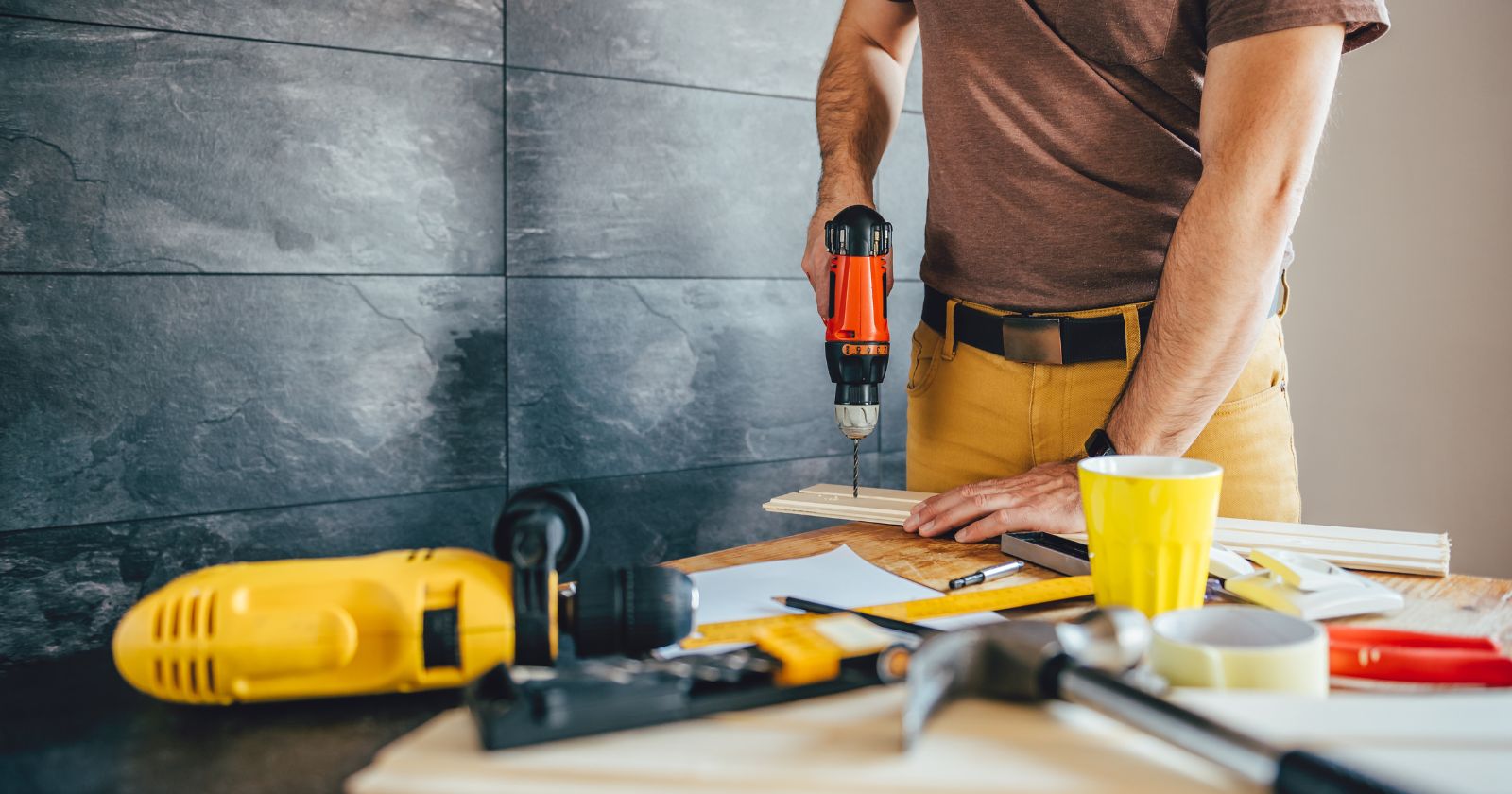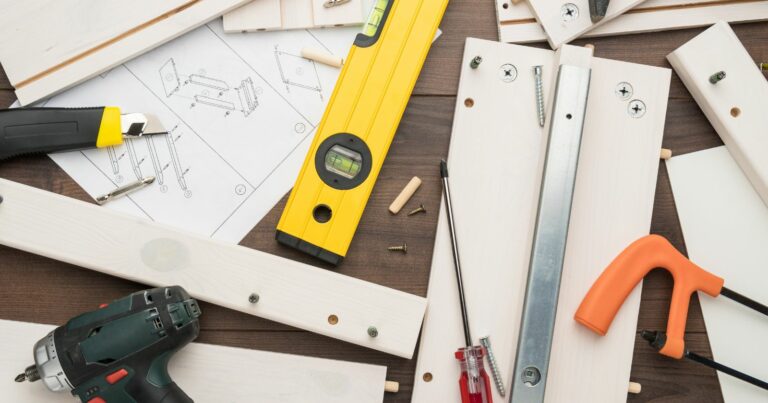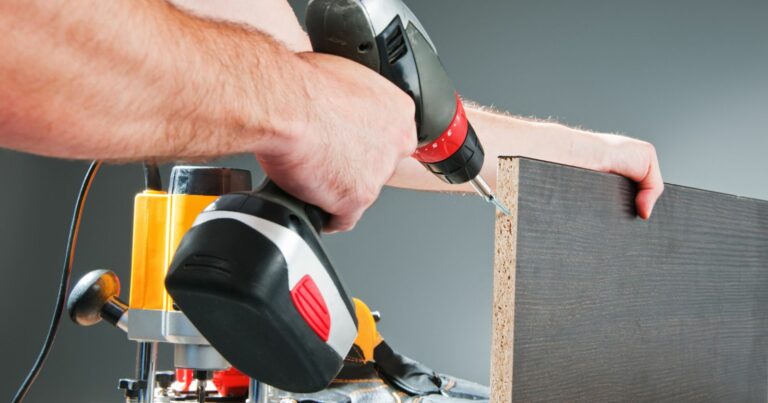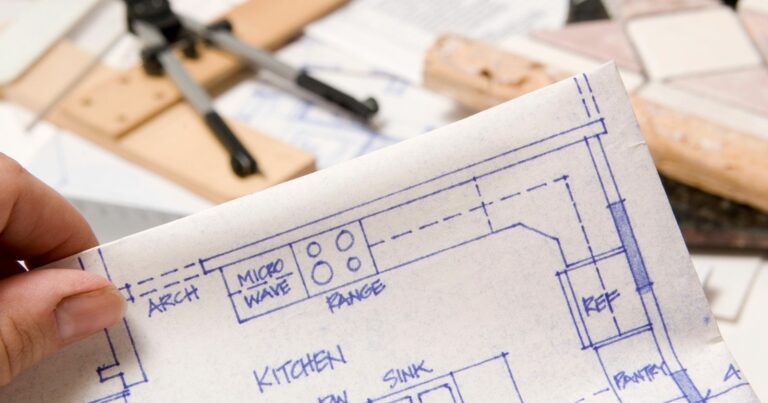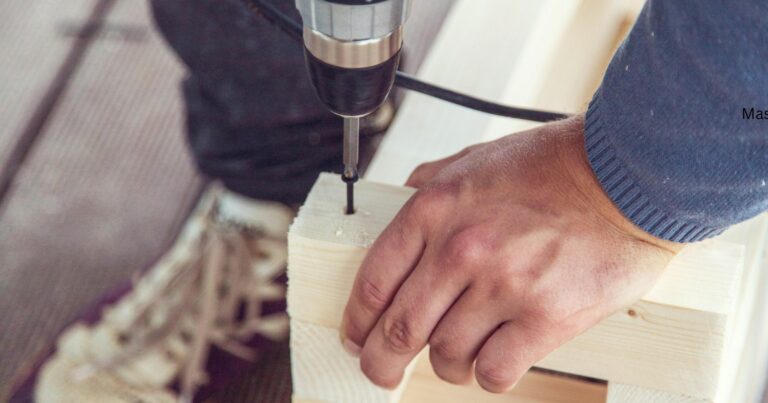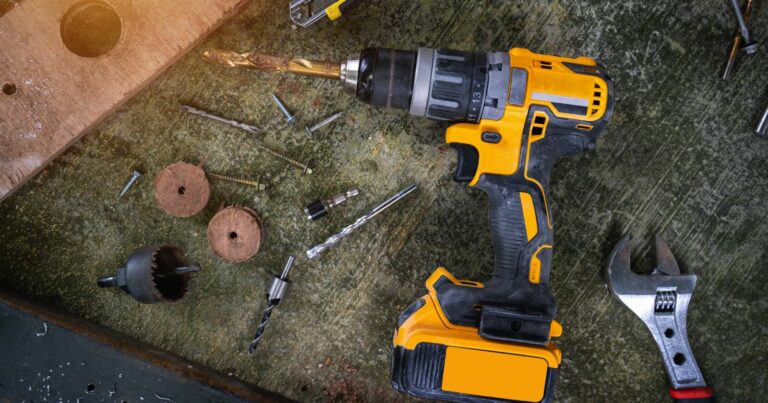Tips For Precision Work With An Impact Driver
In the world of DIY projects and professional construction, the devil truly is in the details. Precision isn’t just a buzzword; it’s the cornerstone of quality craftsmanship, ensuring that every screw is tightened to just the right degree and every piece fits together flawlessly. Whether you’re assembling a delicate piece of furniture, installing cabinetry, or framing a house, the accuracy of your work can dramatically affect the outcome.
This is where the unsung hero of the tool world comes into play: the impact driver. When it comes to Precision Work With An Impact Driver, I am not just talking about getting the job done; I am talking about elevating the quality of your work to the highest standard. This tool, with its unique blend of power and precision, enables both DIY enthusiasts and professionals to execute tasks with a level of finesse that other tools can hardly match. Join me as I dive into the ins and outs of achieving precision work with an impact driver, transforming the complex into the attainable.
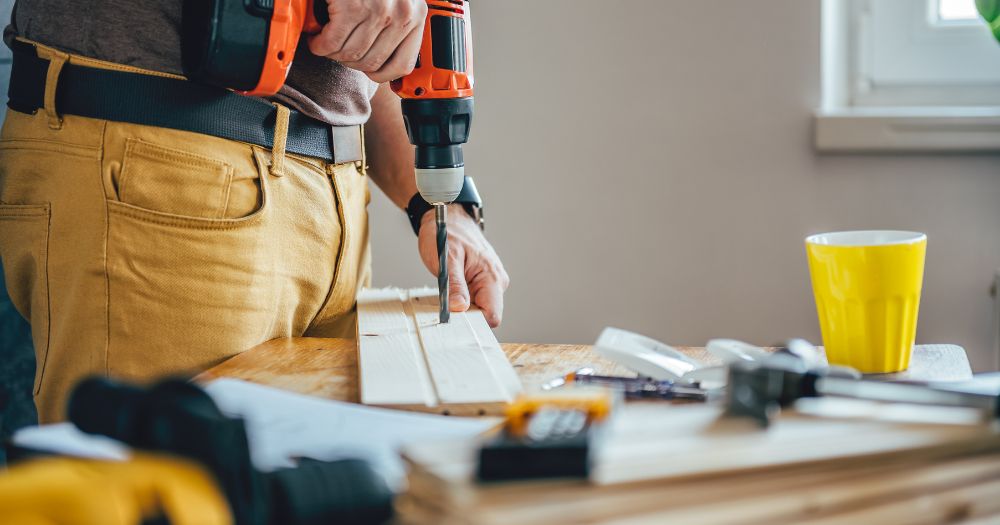
Essential Techniques for Precision Work With An Impact Driver
Achieving precision with an impact driver isn’t just about having steady hands; it’s about mastering the techniques that allow you to harness its power with finesse. From selecting the right bit to adjusting the tool’s settings for the task at hand, these essential techniques are your blueprint for precision.
Selecting the Right Bit
Importance of Bit Quality and Fit
The first step in ensuring precision with an impact driver is choosing the right bit. The quality of the bit directly influences your ability to drive fasteners accurately. A high-quality bit reduces the risk of stripping screws, providing a better fit and transferring the impact driver’s torque more efficiently. Moreover, the right fit between the bit and the fastener minimizes wobble and allows for a straighter, more controlled drive.
Types of Bits for Different Materials
Different projects require different bits, not just in size but in composition and design. For woodworking, you might opt for sharp, precise bits that minimize splitting. Metal projects, on the other hand, demand bits that can withstand the material’s hardness without losing their shape. Here’s a quick guide:
- Wood: Look for bits with a tapered point to reduce splitting.
- Metal: Choose bits made from high-speed steel (HSS) or those with a cobalt blend for increased durability.
- Masonry: Carbide-tipped bits are essential for their hardness and ability to withstand the impact driving into concrete or brick.
Setting the Correct Speed and Torque
Explanation of Speed and Torque Settings
An impact driver’s speed and torque settings are crucial for precision work. Speed refers to how fast the bit rotates, while torque measures the force the driver applies to turn the fastener. Most impact drivers come with variable speed and torque settings, allowing you to adjust the tool based on the material you’re working with and the size of the fastener.
How to Adjust for Material and Screw Size
- Softwood: Use lower torque settings to avoid overdriving or stripping screws.
- Hardwood and Metal: Higher torque settings help drive screws without stripping heads or snapping shafts.
- Screw Size: Larger screws require higher torque, while smaller screws need less force to avoid damage.
Mastering Control
Stance and Grip for Optimal Control
Your stance and the way you grip the impact driver play a significant role in your ability to work precisely. Stand in a stable, balanced position, and grip the driver firmly yet comfortably. Ensure your arm is in line with the driver, providing direct, controlled pressure.
Practice Exercises for Precision
Practice makes perfect, especially when it comes to precision work with an impact driver. Here are a couple of exercises:
- Screw Driving Accuracy: Practice driving screws into scrap pieces of wood, focusing on keeping the drive straight and at a consistent depth.
- Speed and Torque Adjustment: Experiment with different settings on various materials to get a feel for how the impact driver responds. This will help you understand how to adjust the settings for specific tasks.
By honing these essential techniques, you’ll be well on your way to mastering precision work with an impact driver. The right bit, proper settings, and controlled handling are the keys to unlocking the full potential of this powerful tool, ensuring your projects are not only completed efficiently but with the utmost accuracy.
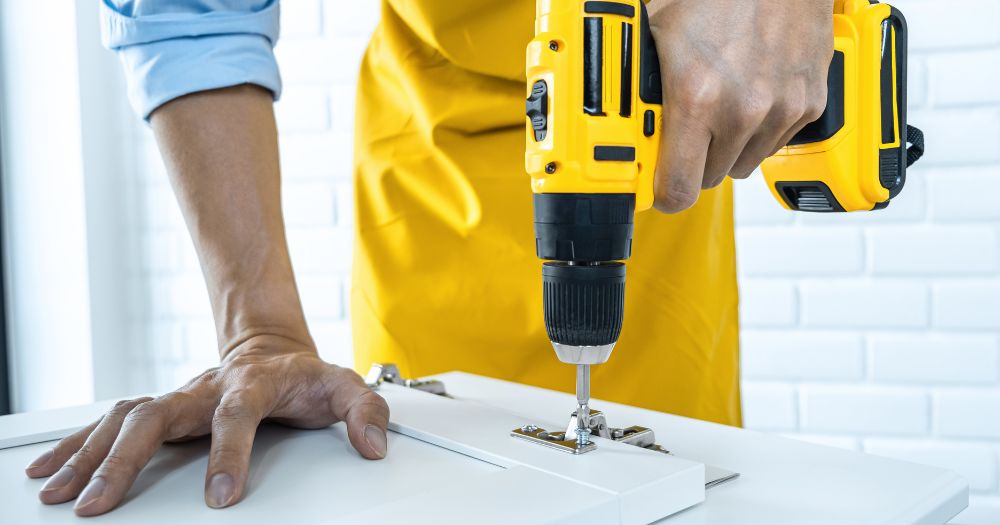
Advanced Tips for Enhancing Precision
Beyond mastering the basics, there are advanced techniques and tools designed to enhance the precision of your work with an impact driver. These tips delve into the nuances of pre-drilling, specialty bits, and ingenious accessories that can transform your approach to various projects.
Using Pilot Holes
When and How to Use Pilot Holes for Precise Placement
Pilot holes are not just about making it easier to drive screws; they’re a pivotal step in ensuring precision and preventing material damage. For exact placement:
- When: Use pilot holes when working with hardwoods, close to the edge of a material, or whenever precise screw placement is crucial.
- How: Choose a drill bit slightly smaller than the core of the screw for the pilot hole. This ensures the threads can grip effectively without splitting the material. Measure and mark your drilling points carefully to maintain alignment and spacing.
Working with Specialty Bits
Introduction to Specialty Bits for Unique Applications
While standard bits are versatile, specialty bits are engineered for specific tasks, enhancing precision and efficiency. Incorporating these into your toolkit can significantly improve your work quality.
Examples: Countersink Bits, Hex Bits for Delicate Work
- Countersink Bits: Ideal for projects where a flush finish is essential. These bits create a conical cut around the screw head, perfect for finishing work on decks or furniture.
- Hex Bits: Specifically designed for delicate electronics or precision machinery, these bits fit hexagonal fasteners perfectly, reducing the risk of damage or stripping.
Precision Accessories
Magnetic Bit Holders
A magnetic bit holder secures your screw to the bit, allowing for more accurate placement. This simple accessory is invaluable when working in tight spaces or at awkward angles, as it prevents the screw from falling and ensures it stays aligned with the bit.
Right Angle Adapters for Tight Spaces
Right angle adapters are a game-changer for working in confined spaces. By allowing you to drive screws at a 90-degree angle, these adapters make it possible to work efficiently in areas where a standard impact driver can’t fit, without sacrificing precision.
Depth Stops for Consistent Screw Depth
Achieving uniform screw depth across a project is crucial for both aesthetics and structural integrity. Depth stops attach to your bits to control how deep the screw goes, ensuring every screw is flush with or recessed to the exact desired depth, enhancing the finished look and feel of your project.
By integrating these advanced tips and tools into your workflow, you can elevate the precision of your work with an impact driver to new heights. Whether you’re working on intricate joinery, installing hardware, or creating custom pieces, these strategies will help you achieve impeccable results with every project.
Watch This Video And You Will Learn Tips For Precision Work With An Impact Driver
Common Precision Challenges and Solutions
Even with the right techniques and tools, certain challenges can test the limits of your precision when working with an impact driver. Understanding these common issues and knowing how to address them can make the difference between frustration and flawless execution.
Stripped Screws
Techniques to Avoid and Remedy Stripped Screws
Stripped screws are not just an annoyance; they can compromise the integrity of your project. To avoid this:
- Preventive Measures: Use the correct size and type of bit for your screw. Apply steady pressure and ensure the bit is fully seated in the screw head before driving.
- Remedy: If a screw becomes stripped, place a rubber band over the head and try removing it with the bit. The rubber provides extra grip. If that fails, a screw extractor bit is a specialized tool designed for this job.
Working in Tight Spaces
Tips and Tools for Maintaining Precision in Confined Areas
Tight spaces require not just skill but the right approach to maintain precision.
- Flexible Bit Extensions: These tools give your bits the ability to bend, reaching screws that are otherwise inaccessible.
- Compact or Right-Angle Impact Driver: Opt for models designed for tight spaces. These often have a shorter head length and right-angle attachments, making them perfect for precise work in cramped conditions.
Maintaining Your Impact Driver for Precision
Routine Maintenance Tips
Regular maintenance is key to ensuring your impact driver operates at peak precision.
- Clean Regularly: Dust and debris can affect performance. Blow out the vent areas and chuck with compressed air.
- Check and Tighten: Regularly inspect your tool for loose parts or screws and tighten as necessary.
- Lubricate: Apply lubricant to moving parts according to the manufacturer’s instructions to keep them running smoothly.
Calibration and When to Seek Professional Service
Over time and with heavy use, an impact driver might require calibration to maintain its precision.
- Calibration: Some models feature adjustable settings for calibration. Refer to your tool’s manual for instructions.
- Professional Service: If you notice a significant drop in performance or precision, it might be time for professional service. This is especially true if your tool is under warranty or if it’s a high-end model where precision is critical.
By addressing these common challenges with the right solutions and maintaining your impact driver, you can ensure that your work remains precise, efficient, and of the highest quality. Whether you’re a seasoned professional or a dedicated DIYer, these tips will help you overcome obstacles and achieve exceptional results in all your projects.
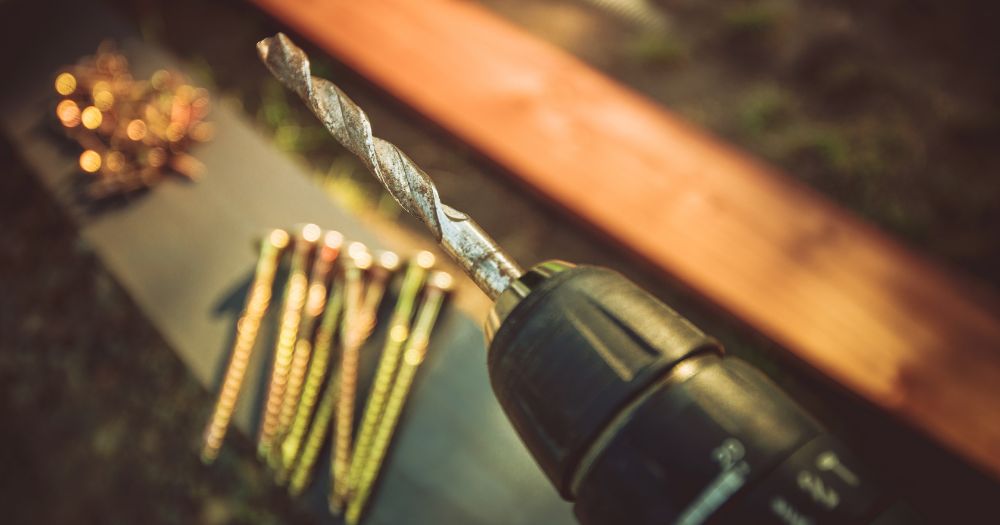
Wrapping Up Tips For Precision Work With An Impact Driver
Throughout this exploration into the world of precision work with an impact driver, I’ve dived into various facets that underscore its indispensable role in both DIY projects and professional applications. From selecting the right bit and mastering control to navigating common challenges and learning from real-world case studies, these insights equip you with the knowledge to harness the full potential of your impact driver.
Join the conversation and help build the community where precision work with an impact driver is demystified, accessible, and continually perfected. Share your story today and let’s inspire each other to achieve ever greater heights in our work.

